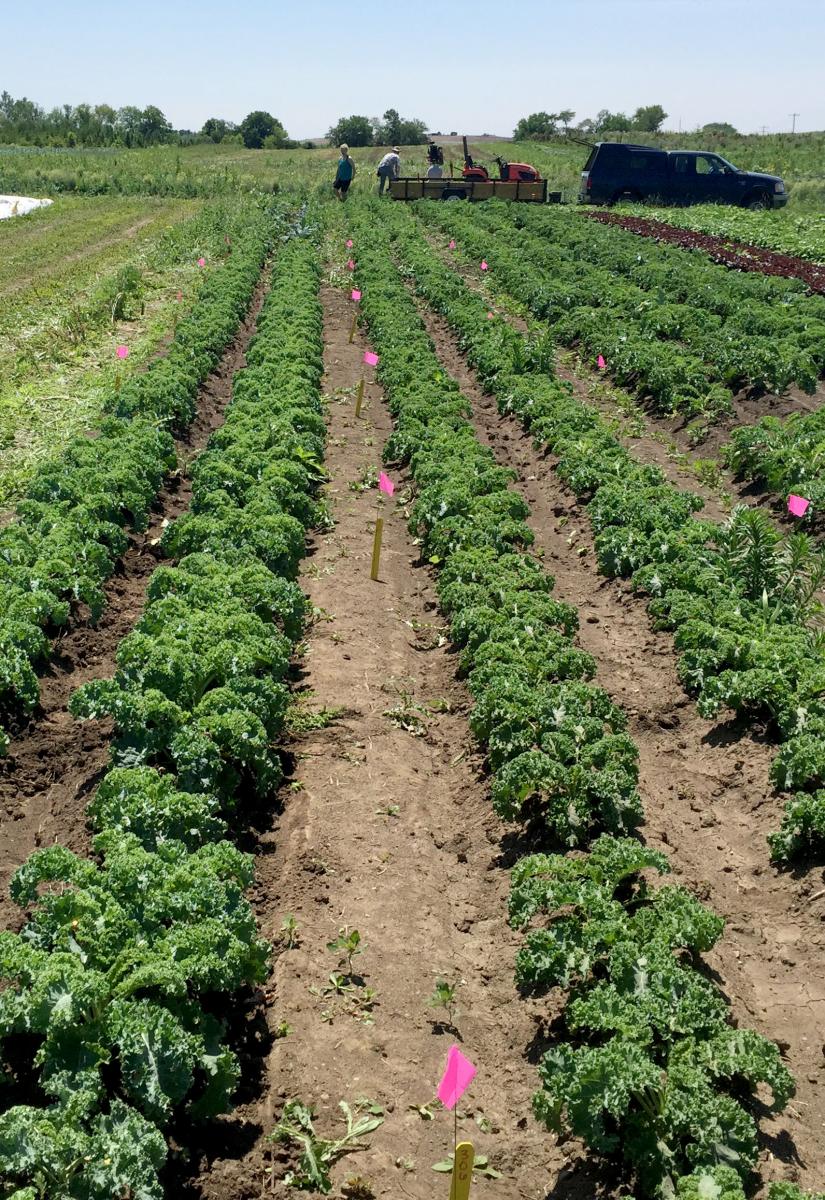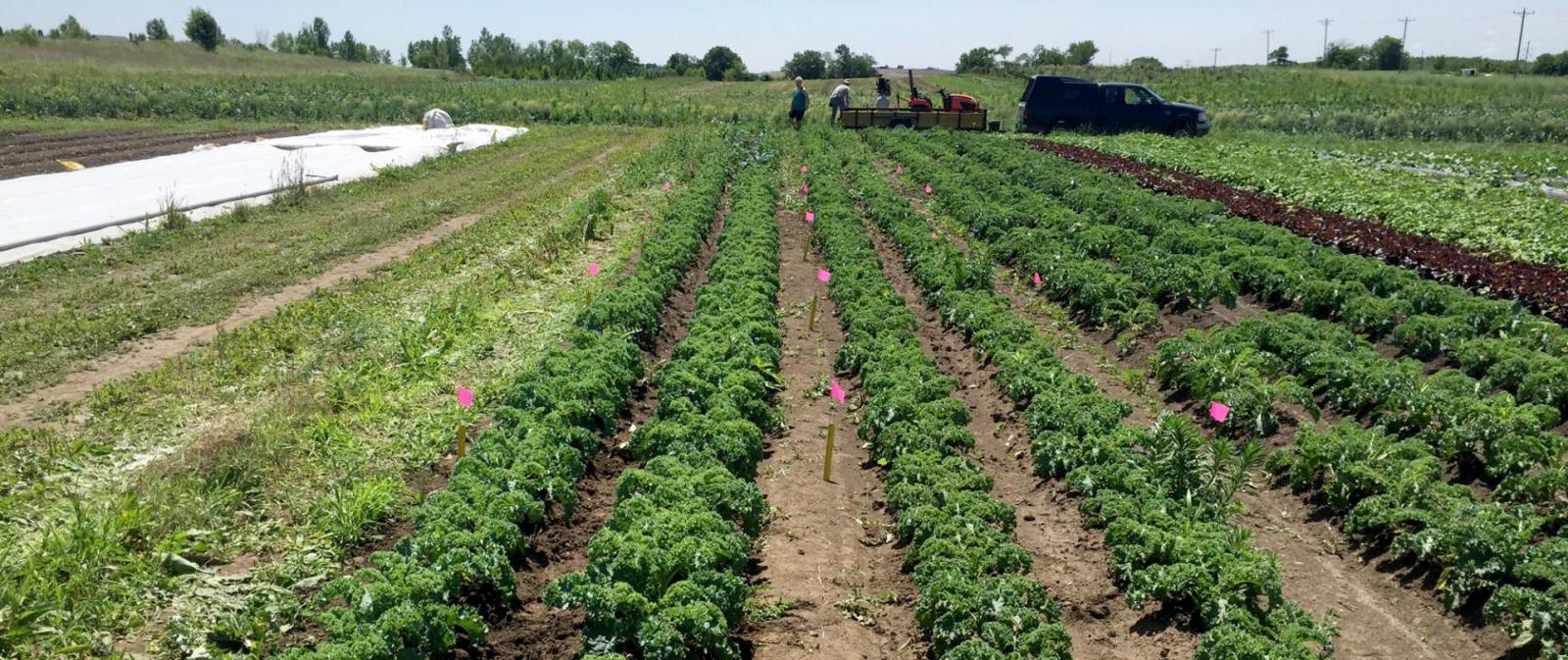Herbicide drift has always been a primary challenge of growing specialty crops in Nebraska, but the issue has grown increasingly urgent due to the recent commercialization of dicamba-resistant soybean (Roundup Ready 2 Xtend). Dicamba is a volatile herbicide with high potential for off-target injury on sensitive plants, especially when applied under conditions of high temperatures or temperature inversion. Though not yet widely planted, we expect a similar pattern of adoption and off-target injury related to 2,4-D-resistant corn to be commercially available in 2018 and 2,4-D resistant soybean in the near future. Additionally, 2,4-D and dicamba resistant crops are also resistant to glyphosate, which is less susceptible to drift, but can cause significant off-target injury in specialty crops. Continued drift mitigation efforts are critical to the success of the specialty crop industry in Nebraska, but the reality is that cases of drift and off-target herbicide injury are still commonplace and are unlikely to decline in coming years, specifically due to widespread application of dicamba and 2,4-D.
Herbicide injury, yield loss, and economic damage varies by crop type and growth stage, environmental conditions, and herbicide type and effective rate. While there has been some research on herbicide drift in vegetable crops (mostly limited to single active ingredients), there is no available evidence from which to base yield loss claims in many other important specialty crops to Nebraska, including hops or pumpkins.
Because temperature, precipitation, and herbicide formulation can influence effects of sub-lethal drift rates on susceptible crops, research is urgently needed in Nebraska’s unique soils and climate to determine the effects of newly released dicamba and 2,4-D formulations on specialty crops.
In an effort to enhance the competitiveness of specialty crops and increase economic returns for growers, our project goals are to: 1) quantify crop injury and yield loss from sub-lethal rates of dicamba (XtendiMax) and 2,4-D choline + glyphosate (Enlist Duo) for specialty crops at various growth stages, and 2) document persistence or metabolism of these herbicides in marketable tissues of specialty crops (e.g., leaves, fruit, or flowers).

Funding Sources
- Nebraska Department of Agriculture Specialty Crop Block Grant Program
Research Updates

Herbicide injury from dicamba and 2,4-D: How much is too much in lettuce and pumpkins? Download PDF.
